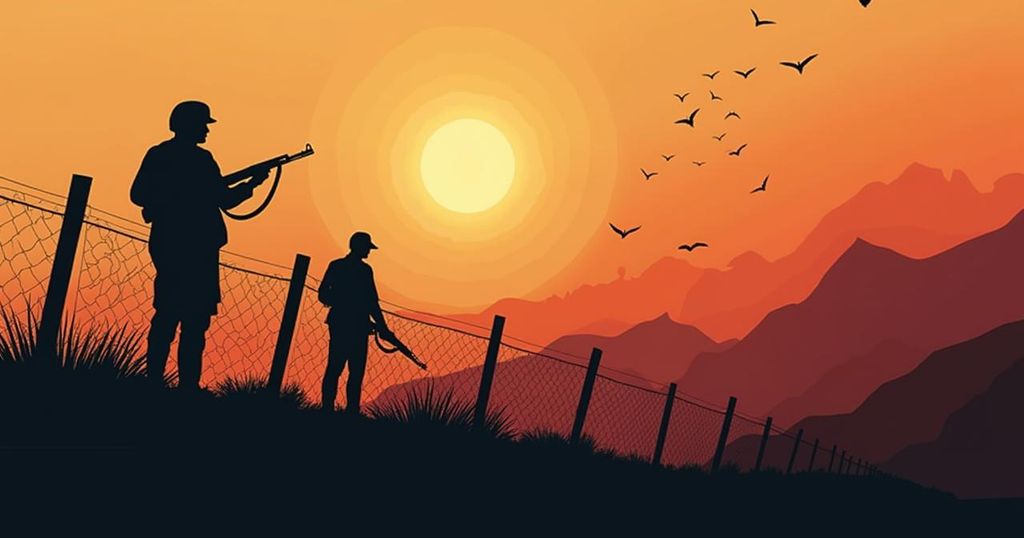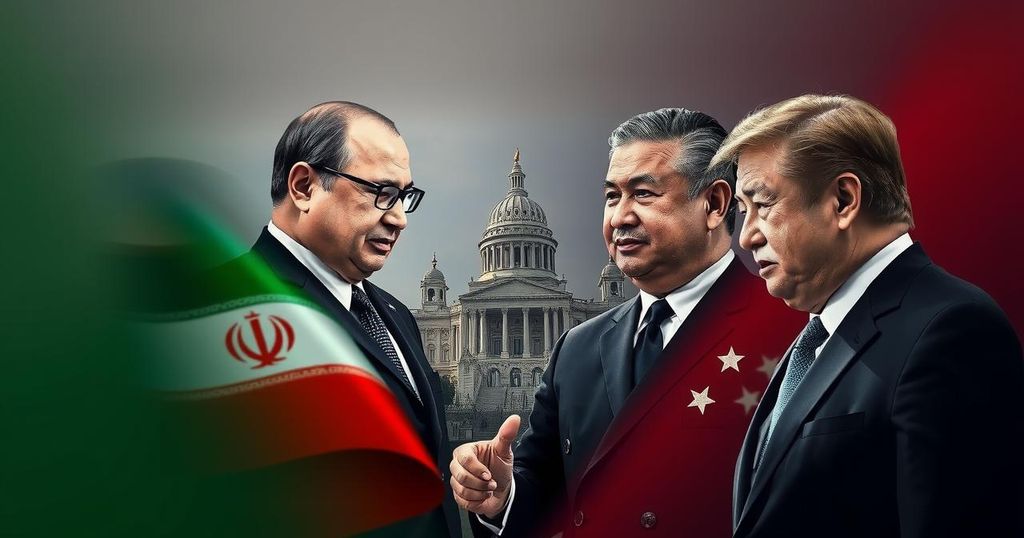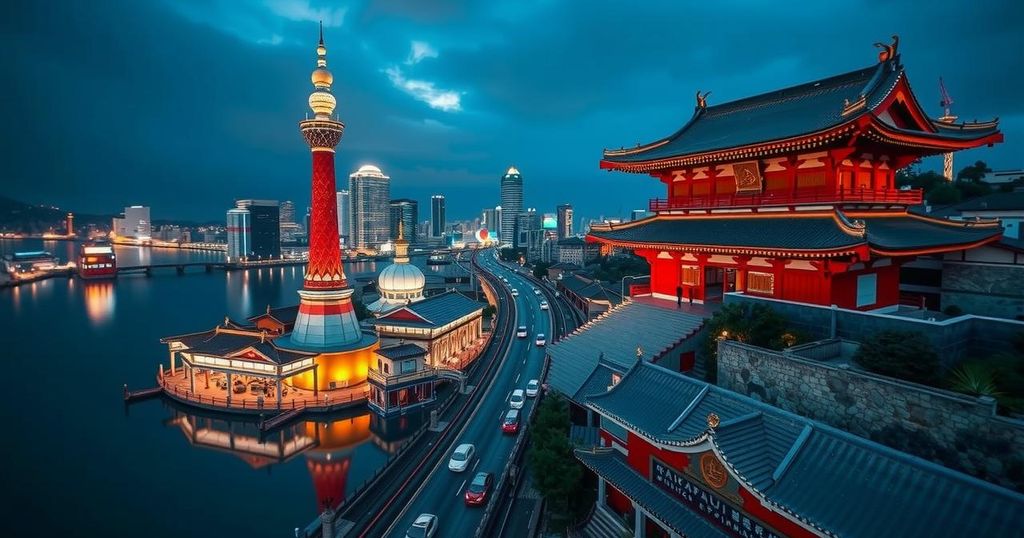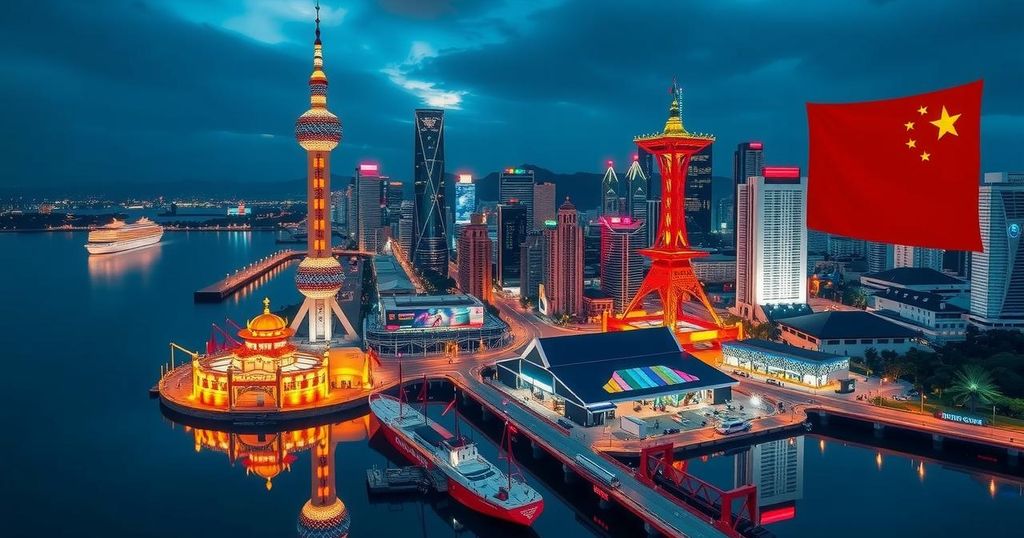Current India-China Border Situation Remains ‘Not Normal’: Army Chief
General Upendra Dwivedi, the Chief of the Indian Army, described the India-China border situation as “not normal,” despite diplomatic advances. The military commanders need to assess how these diplomatic efforts play out on the ground. Ongoing discussions involve high-level meetings and a recent push for troop withdrawals, although tensions remain high with unresolved issues persisting since clashes in June 2020. India is prepared for continued military presence through the winter, amidst ongoing preparations and a focus on national security.
General Upendra Dwivedi, the Army Chief of India, has characterized the current situation along the India-China border as “not normal.” Despite some diplomatic movements indicating possible progress, Dwivedi emphasized that military commanders must convene to evaluate how these diplomatic efforts can be effectively implemented on the ground. His comments follow recent constructive signals from the foreign ministers of both nations, suggesting a potential avenue for resolving border disputes. Likewise, China’s Defense Ministry has signaled a narrowing of differences and a broader consensus regarding the withdrawal of troops from certain contested regions. The latest developments stem from a series of political discussions, including meetings of the Working Mechanism for Consultation and Coordination on India-China Border Affairs (WMCC) on July 31 and August 29, which may signify a breakthrough in the protracted military standoff in eastern Ladakh. Additionally, India’s National Security Advisor, Ajit Doval, met with Chinese Foreign Minister Wang Yi in September to further address these issues. However, the most recent military corps commander discussions held on February 19 yielded no progress, as China’s officials dismissed India’s proposals to resolve specific face-offs along the border. Dwivedi reiterated the necessity for military commanders to analyze the implications of diplomatic initiatives, stating, “It is for diplomats to give options and possibilities.” The India-China border encompasses 3,488 kilometers (2,167 miles) and has been the scene of escalating tensions since June 2020, following violent clashes that resulted in numerous fatalities on both sides. Consequently, both nations have augmented their military presence, deploying fighter jets, artillery, and thousands of troops along the border. In response to the conflict, India has also imposed tighter restrictions on Chinese economic involvement. Despite a series of negotiations yielding some incremental progress, several critical points of contention persist. Dwivedi pointed out the need for acceptable resolutions for both parties and emphasized India’s aim to revert to the pre-2020 border deployments. He affirmed, “The Indian military remains prepared for any eventuality.” Due to ongoing trust issues presently affecting relations with China, India is preparing for its fifth consecutive winter deployment of troops along the Line of Actual Control (LAC). Preparations include maintaining a continued military presence amid the harsh conditions of eastern Ladakh, Arunachal Pradesh, and Sikkim. Although political discussions suggest advances in resolving the conflict, defense sources reveal that substantial distrust remains on the ground regarding the People’s Liberation Army (PLA), which has reinforced military positions and constructed permanent defenses along the LAC. General Dwivedi and other command leaders will review operational strategies in Gangtok, Sikkim, on October 9-10 as India transitions from its summer to winter military posture, highlighting the ongoing preparations for potential confrontations.
The India-China border issue is a long-standing territorial conflict, exacerbated by historical grievances and geopolitical aspirations. The countries are engaged in a significant military standoff, particularly in eastern Ladakh, which has seen deadly clashes and heightened military presence along the extensive, unmarked 3,488 km border. The situation reflects broader geopolitical tensions, including regional power dynamics, military posturing, and economic competition. Diplomatic engagements, including discussions at multiple levels, have aimed to de-escalate tensions, yet remain complicated by deep-seated mistrust and national security concerns on both sides. The military dialogues and political discussions are critically important in addressing the ongoing standoff and establish a framework for potential conflict resolution.
The ongoing situation along the India-China border remains complex and challenging. General Upendra Dwivedi has highlighted the necessity for military assessments in light of recent diplomatic efforts. While there have been indications of progress between the two nations, significant distrust and unresolved territorial disputes continue to overshadow the pathway to peace. As India prepares for an extended military presence amid challenging winter conditions, the emphasis on readiness remains paramount. Continued diplomatic and military negotiations will be crucial in finding a viable solution that addresses the concerns of both nations.
Original Source: m.economictimes.com








Post Comment